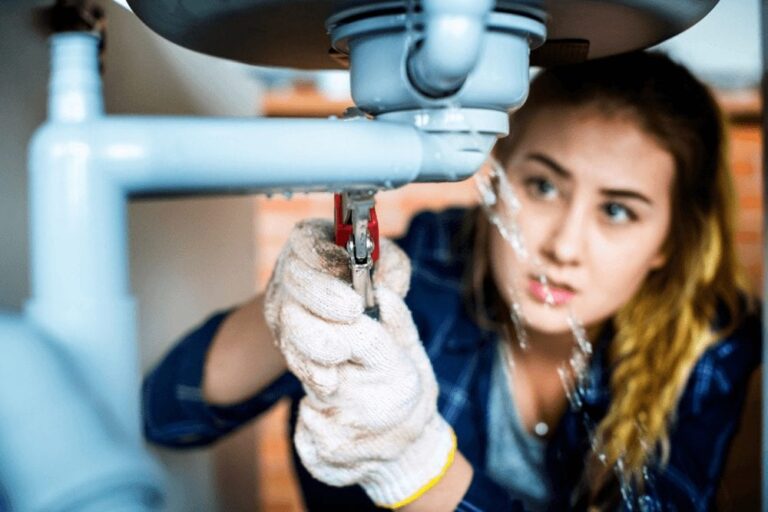Is it correct to say that sometimes you think of yourself as a handyman? Sometimes, maybe. But some plumbing problems should be left to be handled by professional plumbers. There are also many everyday plumbing problems that you can deal with yourself without asking for professional assistance. Oh! A money saver idea. You must be excited. Read on to know the most common plumbing problems you can fix by yourself.
1. Common Toilet Issues
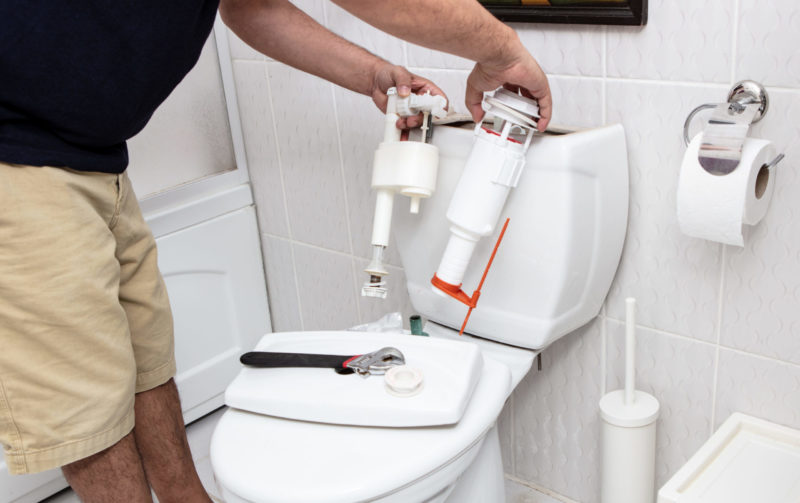
The most frequent problem with the toilet is that it does not flush properly. You see this when your tank has not finished filling, or the flushing mechanism is deficient or malfunctioning before you try to flush the tank.
Start by opening the cistern and search for obstacles or dirt pieces that prevent the tank from filling properly and remove whatever you find (as long as you can remove it quickly). The problem is often that the chain has simply disconnected from the flushing mechanism. If so, simply reconnect it. However, if your toilet flushing system is five years old, it may need to be replaced. If you have an older toilet, you may also need to replace the entire valve or the cistern.
It’s probably time to bring in a plumber if you can’t discover the cause of the problem or if you’ve fixed it before, but it keeps on happening again. There’s probably a crack or a leak, and the more you fiddle with it, the worse the problem will become.
Call a plumber if there is apparent evidence of a toilet leak, such as a puddle on the floor. Also, if you are witnessing sewage issues in your home, call for professional help. Visit lpgs.com.au to know more.
2. Fixing A Leaky Faucet
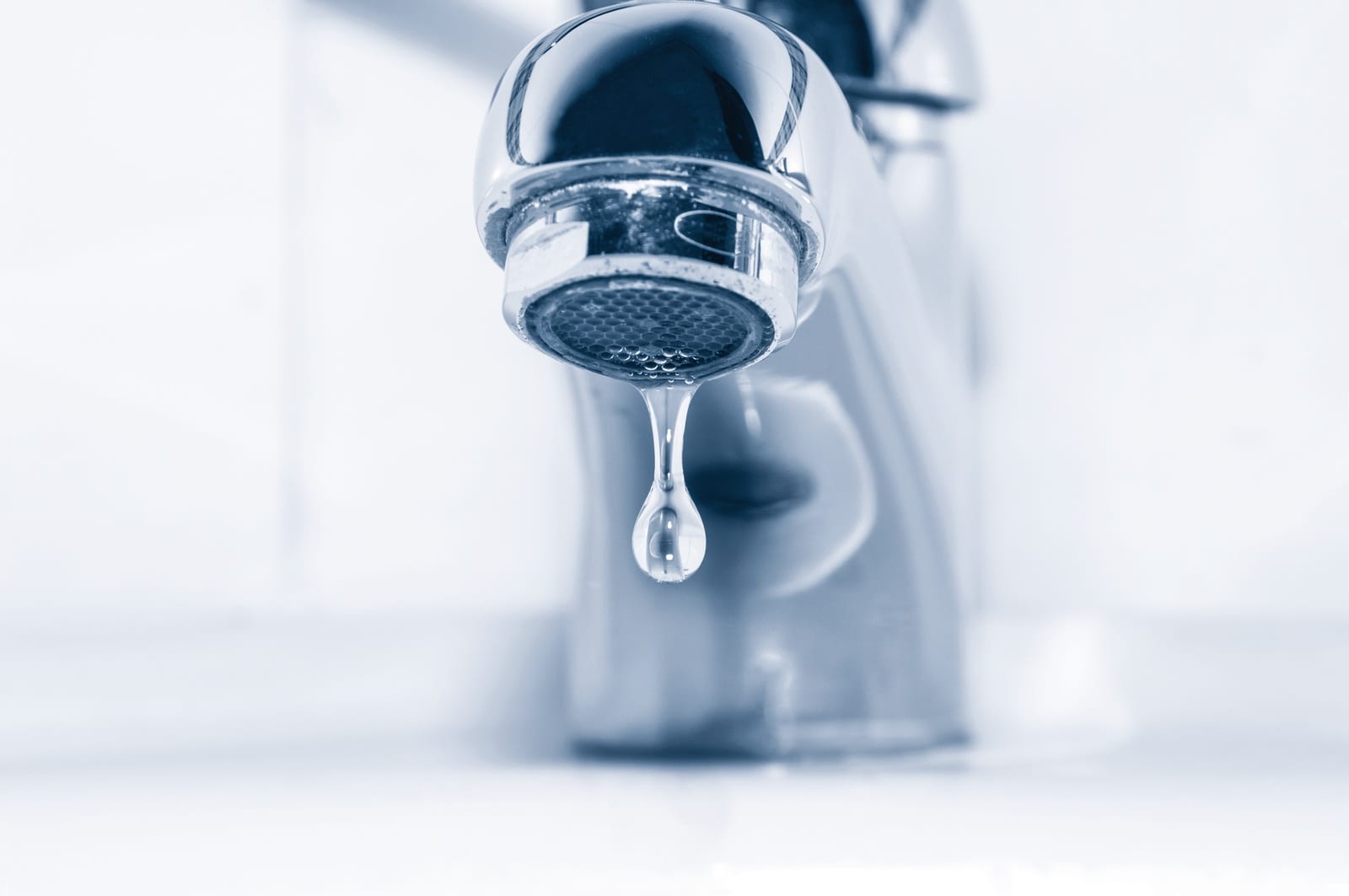
The repair of a single leaking faucet is actually pretty straightforward and shouldn’t take more than an hour.
Please turn on the water supply to the faucet in question, then turn it off (typically located under the sink). By turning on the tap, you may lower the pressure and ensure that the water has been correctly cut off.
You’re now ready to take on the faucet. Take the handle off. Keep the pieces in the same sequence that you removed them as you disassemble the tap. You’ll be pleased you did when it’s time to put it back together. Inside the valve, look for mineral deposits and worn gaskets. Mineral deposits can be loosened with a bit of vinegar. Then, reassemble the faucet by replacing any worn out or damaged parts.
Allow the water to flow for a few moments after turning it back on to remove all air from the pipes.
3. Sink Drains Slowly
This issue is usually caused by an obstruction that prevents water from flowing freely. Congealed fat and food leftovers may be found in your kitchen sink drain. Knotted hair and soap are more likely to cause a clog in a bathroom sink.
Utilizing a plunger, pouring baking soda and vinegar or a chemical clog remover down the drain, or using a plumber’s snake are all options for clearing a clogged sink. If the problem is not addressed, it will most likely increase over time, resulting in the drain becoming entirely blocked.
4. Clogged Drains In The Bathtub Or Shower
Wads of hair and soap clog bath and shower drains in the same way they obstruct bathroom sink drains. A plunger or a plumber’s snake may be required to clear the obstruction. Baking soda and vinegar can also be used to dissolve clogs. If the problem is not addressed, it will likely worsen over time. By purchasing a drain guard to trap the hair, the problem can be avoided or mitigated.
5. Water Heater That Isn’t Working
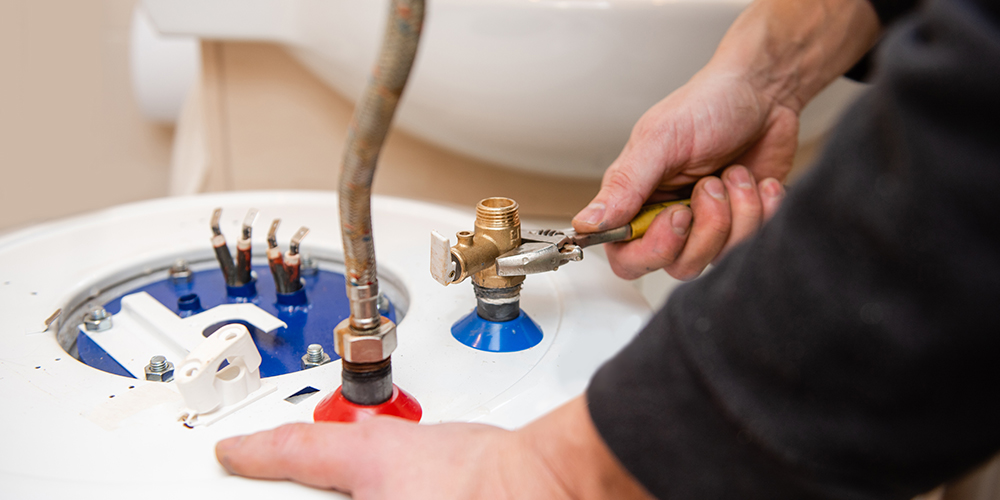
It’s possible that you won’t notice the problem until you’re in the shower and the water suddenly turns cold. A variety of factors can cause the failure of a water heater. You may need to relight the pilot light if it goes out. Sediment build-up in the tank might also cause issues. On other occasions, it’s possible that the thermostat is to blame.
Unless it’s anything as simple as the pilot light needing to be relit, you should have a professional evaluate, maintain, and repair your water heater.
6. Low Water Pressure
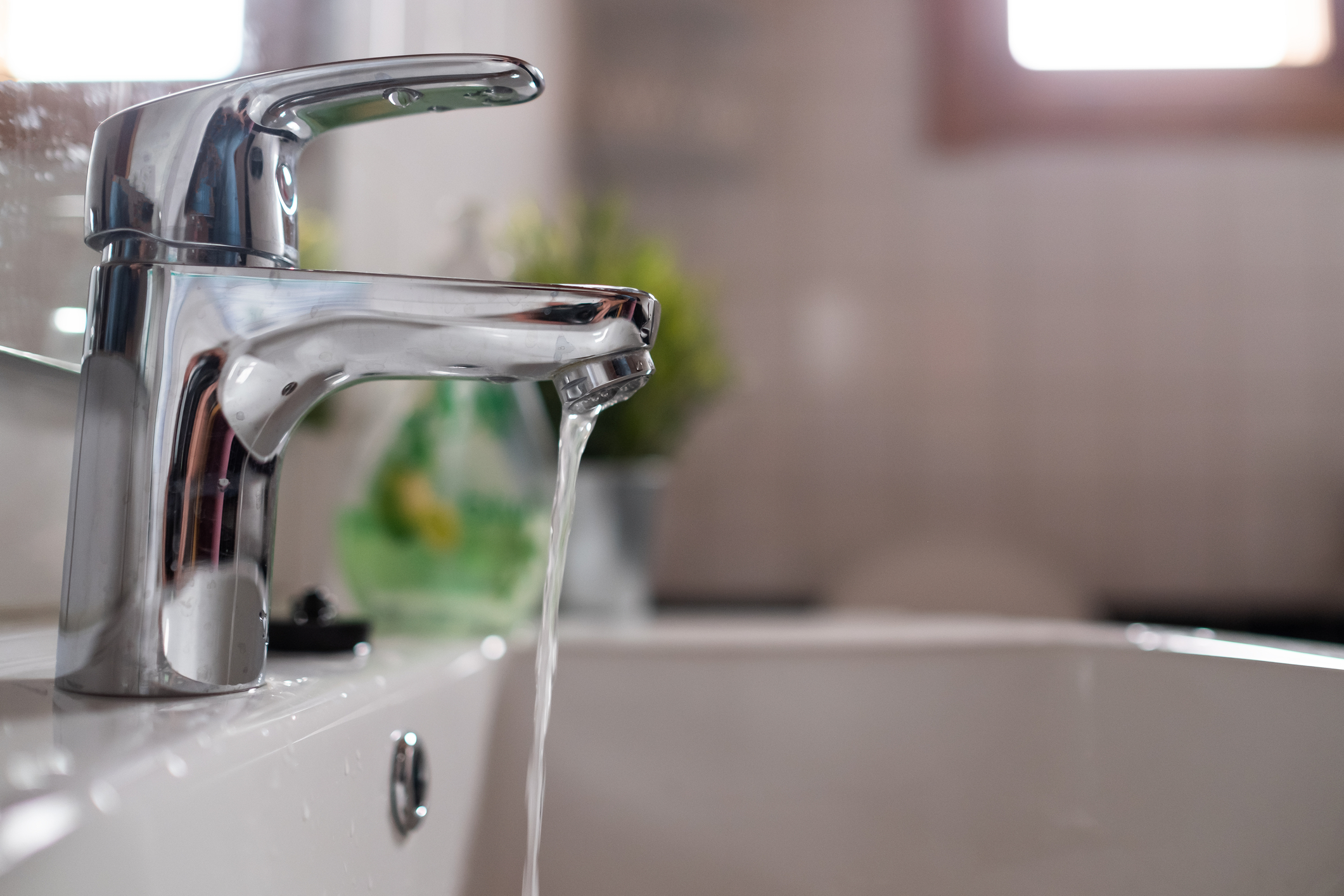
If your water trickles rather than gushing out of the tap, it could be a sign of low water pressure. This is a common issue in older homes. Low water pressure is caused by a variety of factors, the most common of which are leaking pipes that have been cracked, worn, or corroded over time.
If you have low water pressure in your shower, it’s most likely due to a build-up of silt and mineral deposits on the aerators. To clean the aerator, immerse it in vinegar. If the shower is the source of the problem, soak the showerhead in vinegar or replace it entirely.
7. Leaky Pipes
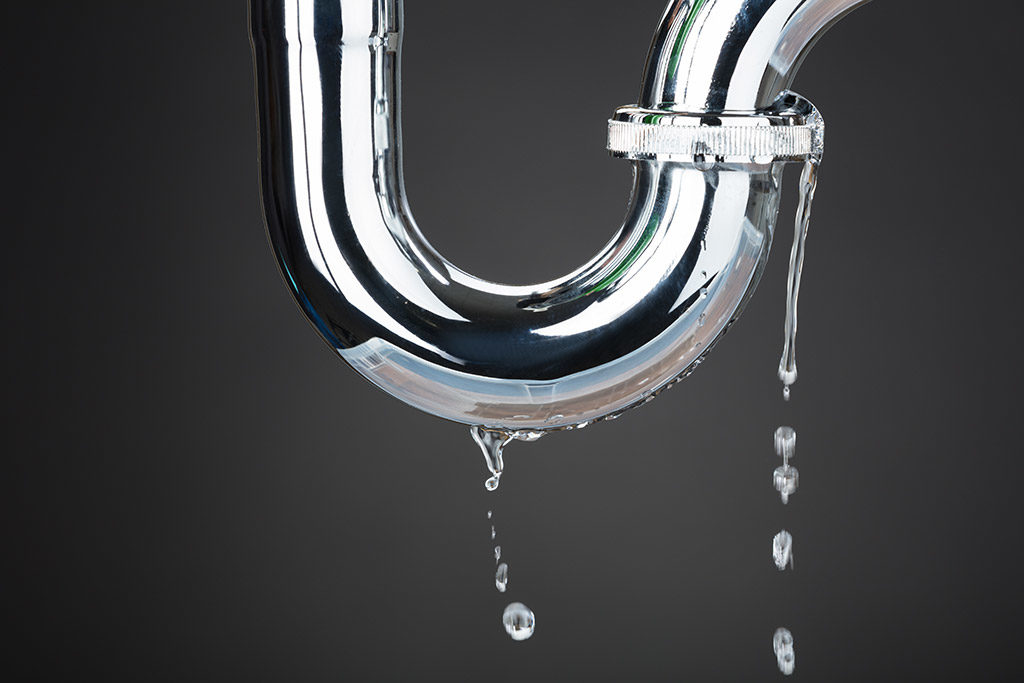
Leaky pipes are more than an annoyance; they can harm furniture and floors, and the wetness can attract vermin such as cockroaches. Pipe junctions are usually always the source of leaks. Tape, compounds, and fillers can often give a temporary remedy, but you’ll need to replace a piece of pipe or the accompanying fittings for anything more permanent. This may necessitate the use of a plumber.
In the winter, leaks are more common since the water freezes and expand, causing the pipes to burst.
Conclusion
Before attempting a plumbing repair, always switch off the mainline. Plumbing is a messy business by definition. Always expect you’ll get wet and muddy so, dress accordingly. It’s critical to have the correct tools and preparedness. Before you begin your plumbing repairs, double-check the dimensions and make sure you have everything you’ll need. Keep the phone number of a professional plumber handy in case something goes wrong and you require immediate assistance.

